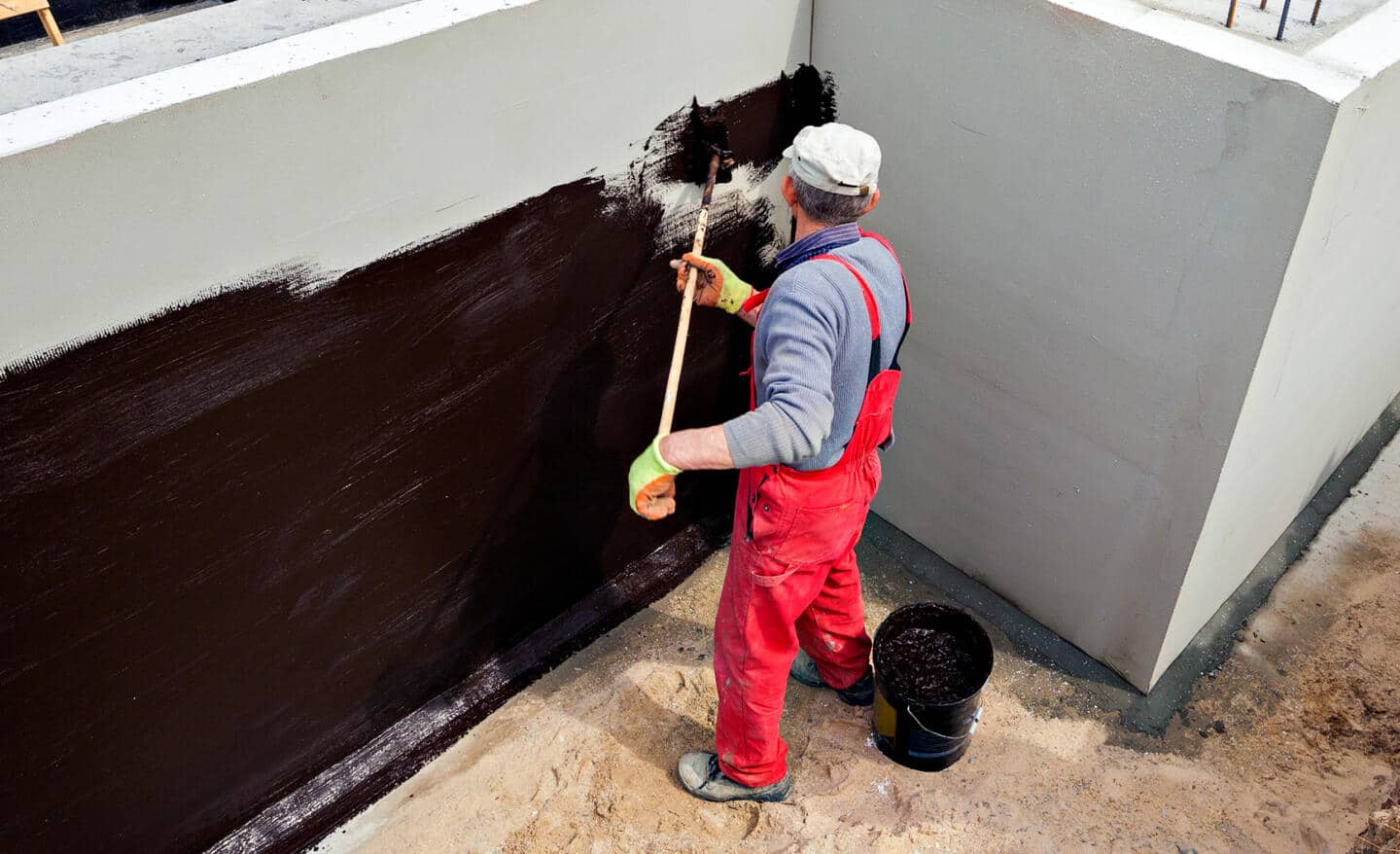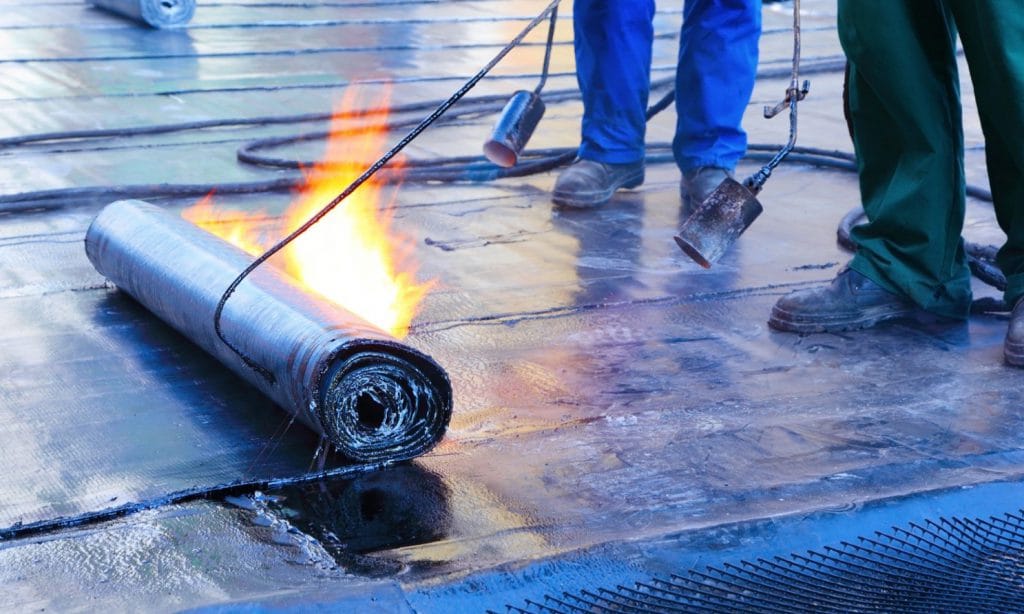Sorts of Waterproofing: Checking Out the Numerous Techniques and Their Applications
Waterproofing is a vital facet of building and upkeep. It secures structures from the detrimental impacts of water damages. There are a number of approaches offered, each with its one-of-a-kind applications and benefits. From membrane systems to cementitious options, understanding these choices is vital for reliable application. The selection of waterproofing method can substantially impact longevity and durability. Discovering these different strategies reveals their unique benefits and potential challenges, triggering further factor to consider of optimal options.
Membrane Waterproofing Equipments
Membrane layer waterproofing systems function as a crucial obstacle versus water intrusion in different frameworks. These systems commonly contain slim sheets made from products like rubber, thermoplastic, or asphalt, which are applied to surface areas to avoid dampness infiltration. They can be installed over or listed below quality and are particularly reliable in areas susceptible to high water direct exposure, such as cellars, roofs, and foundations.The installation process includes cleaning up the substratum, using adhesives or guides, and exactly suitable the membrane layer to ensure total insurance coverage. Membrane layer systems can be either totally stuck, mechanically affixed, or laid loose, relying on the details needs of the task. They supply resilience and flexibility, accommodating structural movements without compromising their waterproofing capabilities. Additionally, these systems can be reinforced with additional layers for enhanced defense. Ultimately, membrane layer waterproofing systems are crucial for guarding frameworks against water damage and keeping lasting stability.
Liquid-Applied Waterproofing Coatings
Liquid-applied waterproofing finishings offer a versatile solution for shielding surface areas from water infiltration - Water Solutions Omaha. These coatings include liquid materials that, when used, form a smooth, versatile membrane layer. Their versatility allows for application on numerous substrates, consisting of concrete, metal, and timber. The finishings can be used in varied environments, from household to industrial setups, making them appropriate for roofs, structures, and below-grade structures.One significant benefit of liquid-applied coatings is their capacity to adapt uneven forms and permeate cracks, developing a robust obstacle against wetness. They often display excellent bond homes and resistance to UV radiation, ensuring durability and durability. Furthermore, the application procedure is generally uncomplicated, permitting fast installment and decreased labor expenses. This approach also lessens the threat of water merging, as the continuous layer successfully routes water away from susceptible locations. On the whole, liquid-applied waterproofing coverings are an efficient option for thorough water protection
Cementitious Waterproofing Solutions

Cementitious waterproofing solutions use a robust choice for structures calling for trustworthy wetness protection. These systems largely use a mix of cement, sand, and chemical ingredients to produce a waterproof obstacle. They are frequently related to surfaces such as concrete wall surfaces, foundations, and floorings, offering a sturdy, resilient protection against water intrusion.One of the vital advantages of cementitious waterproofing is its convenience of application; it can be applied making use of a brush, roller, or spray, making it ideal for numerous job sizes. Additionally, this approach is compatible with several surface areas and can often be utilized along with other waterproofing techniques.Cementitious remedies are especially efficient in environments where water direct exposure is an issue, such as cellars or below-grade structures. Their exceptional adhesion properties ensure that they bond well with substratums, giving a strong and impenetrable layer versus dampness penetration.
Bentonite Waterproofing
Bentonite waterproofing is an extremely reliable approach that utilizes sodium bentonite clay to develop an all-natural obstacle against water. This method makes use of the one-of-a-kind homes of bentonite, which increases upon call with water, sealing any potential leaks and stopping dampness seepage. It is typically utilized in various find out applications, including foundation walls, tunnels, and maintaining wall surfaces, where water resistance is essential.Bentonite can be used in a number of kinds, such as panels or coverings, supplying convenience in installment. go to my site Its capacity to self-seal makes it an eye-catching alternative for areas subject to shifting soil or fluctuating water levels. Additionally, bentonite waterproofing is eco-friendly, as it is an all-natural product that does not present dangerous chemicals right into the environments.
Drain and External Waterproofing Systems
Effective waterproofing often entails a combination of approaches, including water drainage and outside systems. Drain systems, such as French drains and sump pumps, are developed to redirect water far from structures, decreasing hydrostatic stress versus foundations. These systems are important in avoiding water build-up that can result in structural damages and mold growth.External waterproofing, on the other hand, entails applying protective obstacles to the structure's exterior. Strategies such as the setup of waterproof membranes, coatings, or sealants can help prevent water infiltration. This method not only protects the structure however also boosts the general resilience of the structure.Together, drainage and external waterproofing systems develop an extensive solution to handle water efficiently. By applying these techniques, homeowner can guard their investments versus the damaging results of wetness, making certain long-term security and safety for their buildings.
Regularly Asked Questions
Just how Do I Choose the Right Waterproofing Approach for My Job?
Picking the right waterproofing method depends on elements such as task type, environmental conditions, budget, and desired longevity. Assessing these elements permits educated choices tailored to particular needs and requirements.

Can Waterproofing Be Applied in Cold Climate Conditions?
Waterproofing can be used in winter conditions, however it calls for particular products masonry waterproofing and strategies. Cold temperature levels may impact healing times and adhesion, requiring mindful option of items designed for low-temperature application.
What Are the Typical Indicators of Waterproofing Failing?
Common indications of waterproofing failing include visible water stains, peeling paint, moist odors, mold and mildew development, and splits in walls or foundations. Sump pump installation & replacement Omaha. These indications suggest that wetness is permeating the obstacle, endangering its efficiency
For How Long Does Waterproofing Last Prior To Requiring Upkeep?
The long life of waterproofing differs, generally lasting between 5 to ten years. Aspects such as worldly high quality, ecological problems, and maintenance practices influence its sturdiness, requiring regular assessments to ensure efficient defense against water breach.
Exist Eco-Friendly Waterproofing Options Available?
The inquiry of green waterproofing alternatives discloses a growing interest in sustainable products (Water Solutions Omaha). Various all-natural materials, such as plant-based sealers and recycled items, use efficient solutions while minimizing ecological effect, attracting ecologically conscious customers